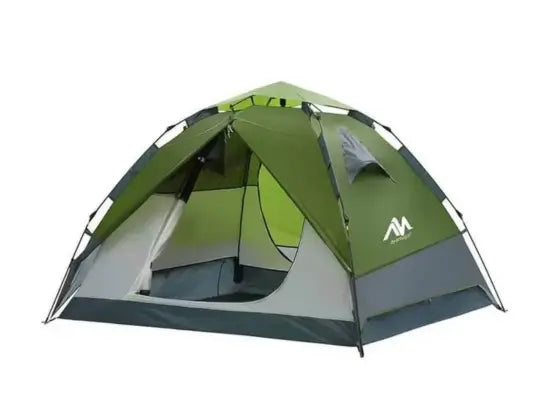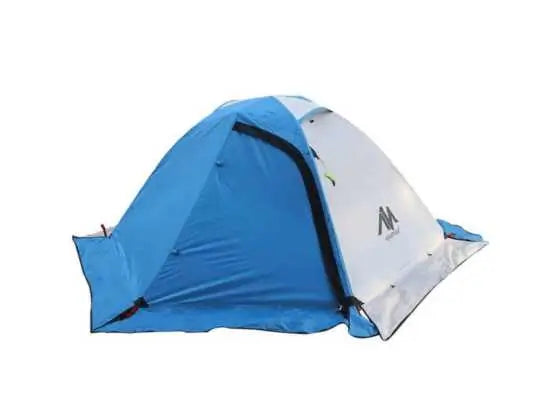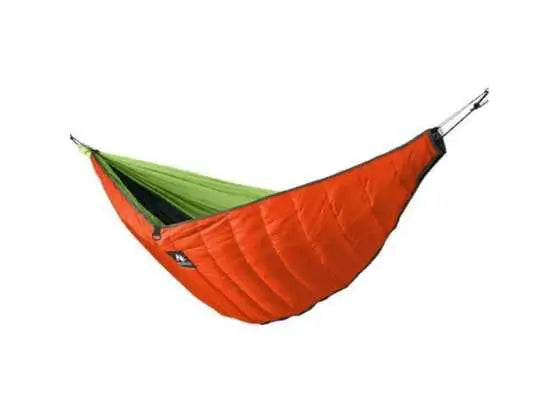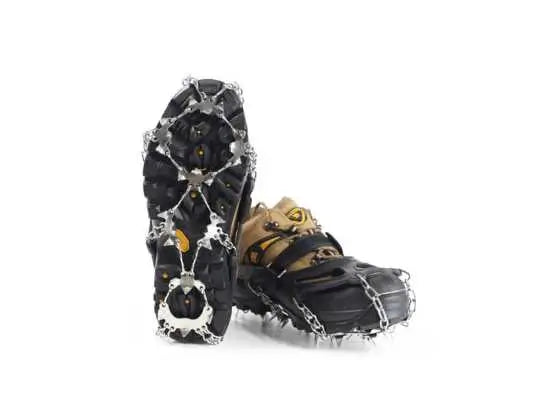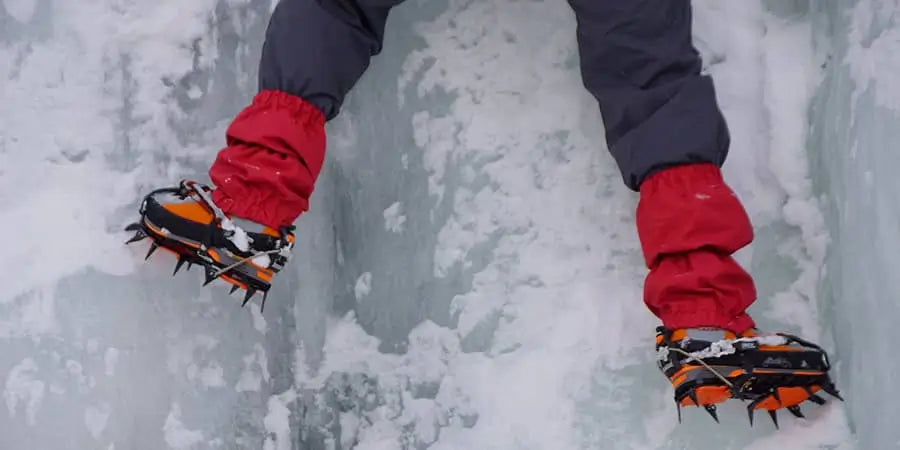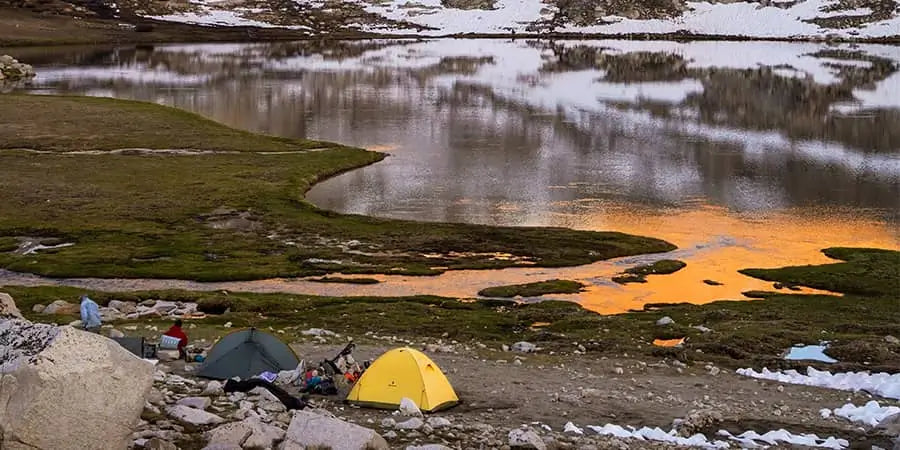Introduction
Do you need Crampons? Of course, If you will be crossing the glaciers or walk-in ice. Crampons will make it easier for you to travel on snow and ice easily. Its function is not only for crossing ice and glaciers, but you will also need it when climbing a frozen waterfall, ascending the snow slopes and when you are climbing a piece of ice smeared rock.
Crampons happen to be an amazing development ha replaces the use of leather and synthetic leather boots. Crampons have a semi-rigid construction that has a horizontal frame. As a result, they are lighter and accords you with a better fitting while on your ice climbing mission.
You will admire crampons because they are specialized for their functions. They are the super lightweight traction devices that will facilitate your day to day walking. This article shall focus on the facts you ought to consider when choosing the best crampons.
So what considerations come first when choosing Crampons? Check out for the real insights on what you need to check when choosing a crampon.
Crampon Frames
The first thing that you should check when choosing the crampons is the frames. Here, you will be focusing o the frame materials, frame alignment and weight. Let briefly discuss each of them.
Frame materials
If you are doing general mountaineering, it may be necessary to have steel crampons. They are durable hence best for technical steep and icy climbs.
For climbers walking on areas that may experience corrosion, it will be necessary to choose the stainless steel crampons because they are not corrosive. Finally, an aluminum crampon is ideal for skiing and mountaineering. They are lightweight, making them suitable for alpine climbs. However, be aware that the aluminum frames wear out faster than the steel crampons. Therefore, they are not best for Rocky terrains.
Frame Alignment
Crampons with a vertically orientated frame were bets when they when with double plastic boots. It is no longer the same again after the revolution. Crampons don't have to be as rigid since most climbers have switched from plastic boots to insulated leather boots. The use of horizontally oriented frames is increasingly the norm. Horizontal frames stretch for walking, and because the steel or aluminum lays flat, your feet are closer to the ground, providing more stability than vertical frames. The flat bars also effectively repel snow.
Weight
Weight is also another consideration that comes in handy when choosing crampons. If you are looking for the lightest crampons, then you should pick Aluminum crampons. But you should be aware that the more you drift toward a lightweight crampon, the more you compromise with the durability. So when going for a lightweight crampon, ensure that you are climbing places that do not have mixed rock and snow.
Construction

Construction is important when choosing a crampon. You can still find a hinged and rigid crampon in the market, but the revolution is changing things slowly, and the vast majority are now semi-rigid.
When you have a semi-rigid design, you will enjoy the advantage of good performance when you are walking in all manner of conditions. the User of the semi-rigid crampons will have comfort during the winter. Semi-rigid crampons are not also badly off when you are doing moderate ice climbing. You can adjust some models around the linking bar to change the crampon from semi-rigid to a flexible one. It makes it to be comfortable for hiking, and it won't accumulate snow.
For the semi-rigid crampons, you should note that they are easier to adjust, and therefore you don't have to worry if you have boots of different shapes because they can easily fix in. However, if you have a boot with many curves, an asymmetrical canter bar can help you attain a better fit. Alternatively, depending on the size and style of your boot, you can try a longer or flex (spring steel) middle bar.
Left and right crampons are available in a semi-rigid form. The orientation of the central bar determines this.
You also need to check the types of Bindings in the crampon
Crampons can be attached to most boots using one of the three types of bindings. However, if you're going to wear over boots (for high-altitude or extremely cold circumstances), make sure you try crampons on with them on first, as the extra rubber and fabric in the boots can impact crampon fit. Bail wires that are compatible with telemark boots are also available from some manufacturers.
Hybrid crampon boots
The hybrid types are sometimes referred to as Mixed or semi step crampons. When you choose a hybrid type, you choose a high level and a toes strap. The hybrid ones will be best for boots with a stiff sole and a heel groove and the weld that the heel is in place. Note that you will not need a welt on the toes strap to hold it in its place. Because you don't have to clear out the toe welt and line it up, these are simple to put on with gloves. Pull-on the toe strap and toss the heel lever.
The step-in types
When using a step in crampon system, a wire bail is responsible for keeping your toe in position while the heel cable is attached through the lever to the heel by the tension lever. If you intend to have a very secure system, ensure that the boot fit is right.
Notice the step in style is the easiest style you can put on with the gloves. It can also be best when you are in snowy conditions. Boots with hard soles and at least a 3/8" welt or groove on the heel and toe are required for a step-in binding. An ankle strap is usually included in the system. Another benefit of a step-in system is that the front bail may be moved to modify the length of the front points depending on the terrain. With ski mountaineering and telemark footwear, step-in crampons are advised.
The strap on types
The strap on crampon style features a pair of nylon webbing straps. You will like the fact that it can work with any boot or shoe that you have. It does not take any specifications. You only need to be sure that the canter bar is compatible with the flex of the shoe.
Strap on crampons will take longer when attaching than other styles, but of course, it fits so tightly, making them suitable for moderate ice routes. If you are using many boots with the same crampon, they're a wonderful option. Strap-on bindings, on the other hand, aren't quite as exact as step-ins, allowing for some movement between the boot and crampon.
Points
Number of points
You also need to check the number of points that your crampon has. The majority of the crampons have 10 to 12 points. Ensure that the points are located in the right place, which is often under your instep and must follow the boot's shape. If you need to get the correct point extension, you can adjust the front bails of your crampon. A few high-tech types now include serrated sides on the tips, allowing the crampons to grip even when the point does not penetrate the snow or ice.
Note that the crampons may serve during the winter and also for purposes of mountaineering. The number of points varies depending on the purpose. For example, 10 point crampons are suitable for skiing and when you are touring a glacier. They are best when you are climbing volcanoes and when you are traversing the Haute routes.
Technical ice and mixed climbing crampons have more forceful front-points that are frequently adjustable and replaceable. In addition, the length of the front points on the body can sometimes adjust with these waterfall-specific crampons.
You may also like the waterfall specific crampons, which allows the front points to configure as a dual point monopoint. It can also configure as a monopoint offset. When pulling in, climbers sometimes modify the droop angle of their crampons, with steeper droops set for dry tooling (like with climbing slippers on overhangs). When climbers do general mountaineering, they find it easy to walk when the front points are sticking out moderately. However, longer front points are necessary for technical climbing. Notably, the majority of the step in technical crampons have varying front bail positions. Therefore, it will be possible to adjust the toe position depending on walking or climbing.
The Front Points
The front points are also other crucial considerations that you must never overlook when considering a crampon. They are the forward-facing points on your crampon. Here are the types of front points that you will find in crampons:
- Horizontal: The horizontal front points are best when doing any form of alpine climbing or any ice snow climbing.
- Vertical: the vertical dual points are best when walking on steep waterfalls and other forms of climbs. It makes climbing easier because they easily slip into the cracks. Its parts are also adjustable and replaceable, and they also possess secondary front points that provide added support and traction.
- Monopoint: Monopoint is a single point popular for technical waterfalls and when doing mixed climbing.
Summary
It is evident from the article that every factor of a crampon is important. The nature of your walk will determine the type of features that you will consider in your crampon because each feature has its own merits and demerits. Hiking is really amazing when you have the right set of crampons, because you will enjoy all the convenience when you are in any kind of slope.

